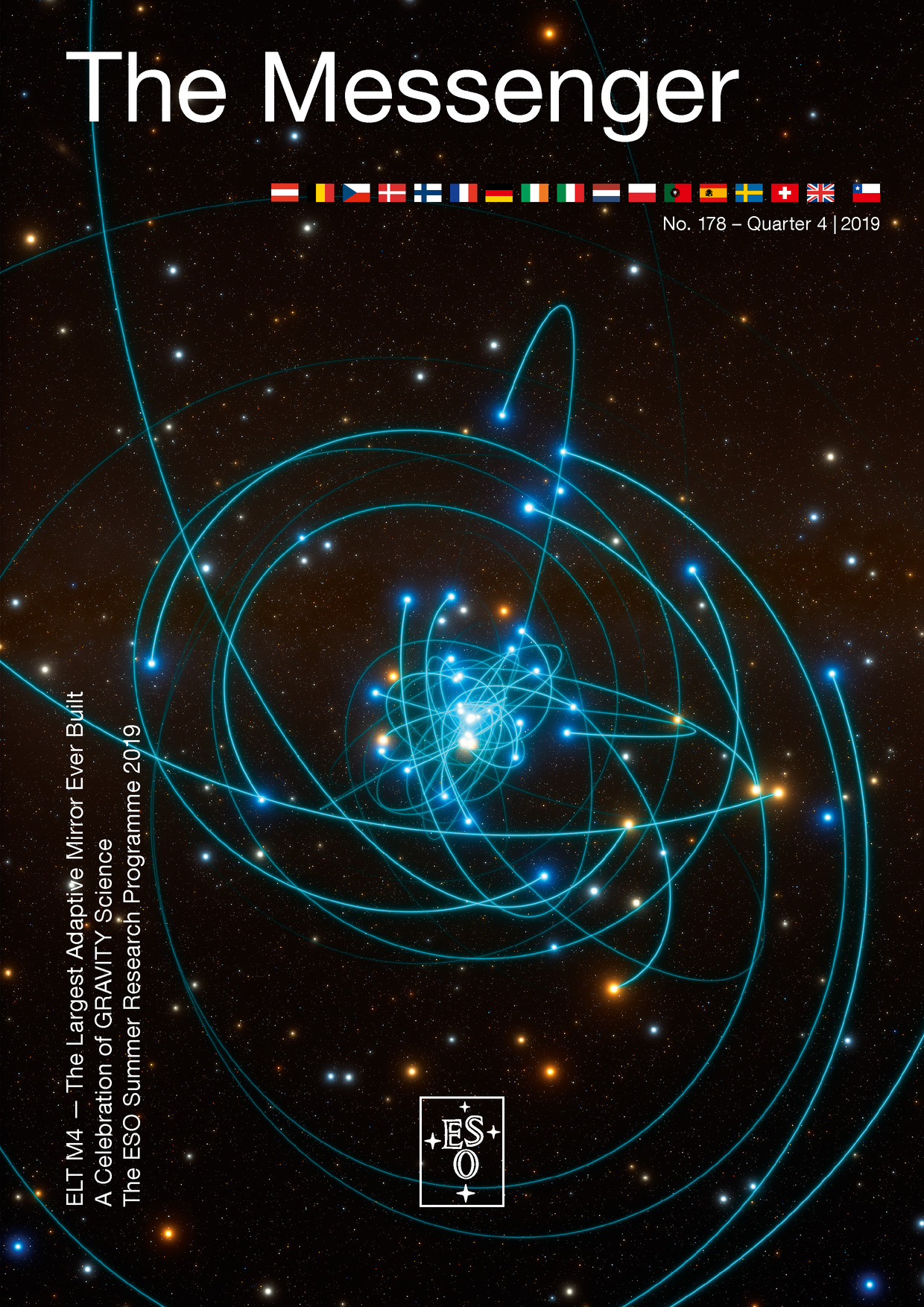GRAVITY Collaboration, Abuter, R. et al.
Authors:
GRAVITY Collaboration, Abuter, R., Accardo, M., Adler, T., Amorim, A., Anugu, N., Ávila, G., Bauböck, M., Benisty, M., Berger, J., Bestenlehner, J., Beust, H., Blind, N., Bonnefoy, M., Bonnet, H., Bourget, P., Bouvier, J., Brandner, W., Brast, R., Buron, A., Burtscher, L., Cantalloube, F., Caratti o Garatti, A., Caselli, P., Cassaing, F., Chapron, F., Charnay, B., Choquet, É., Clénet, Y., Collin, C., Coudé du Foresto, V., Davies, R., Deen, C., Delplancke-Ströbele, F., Dembet, R., Derie, F., de Wit, W., Dexter, J., de Zeeuw, T., Dougados, C., Dubus, G., Duvert, G., Ebert, M., Eckart, A., Eisenhauer, F., Esselborn, M., Eupen, F., Fédou, P., Ferreira, M., Finger, G., Förster Schreiber, N., Gao, F., García Dabó, C., Garcia Lopez, R., Garcia, P., Gendron, É., Genzel, R., Gerhard, O., Gil, J., Gillessen, S., Gonté, F., Gordo, P., Gratadour, D., Greenbaum, A., Grellmann, R., Grözinger, U., Guajardo, P., Guieu, S., Habibi, M., Haguenauer, P., Hans, O., Haubois, X., Haug, M., Haußmann, F., Henning, T., Hippler, S., Hönig, S., Horrobin, M., Huber, A., Hubert, Z., Hubin, N., Hummel, C., Jakob, G., Janssen, A., Jimenez Rosales, A., Jochum, L., Jocou, L., Kammerer, J., Karl, M., Kaufer, A., Kellner, S., Kendrew, S., Kern, L., Kervella, P., Kiekebusch, M., Kishimoto, M., Klarmann, L., Klein, R., Köhler, R., Kok, Y., Kolb, J., Koutoulaki, M., Kulas, M., Labadie, L., Lacour, S., Lagrange, A., Lapeyrère, V., Laun, W., Lazareff, B., Le Bouquin, J., Léna, P., Lenzen, R., Lévêque, S., Lin, C., Lippa, M., Lutz, D., Magnard, Y., Maire, A., Mehrgan, L., Mérand, A., Millour, F., Mollière, P., Moulin, T., Müller, A., Müller, E., Müller, F., Netzer, H., Neumann, U., Nowak, M., Oberti, S., Ott, T., Pallanca, L., Panduro, J., Pasquini, L., Paumard, T., Percheron, I., Perraut, K., Perrin, G., Peterson, B., Petrucci, P., Pflüger, A., Pfuhl, O., Phan Duc, T., Pineda, J., Plewa, P., Popovic, D., Pott, J., Prieto, A., Pueyo, L., Rabien, S., Ramírez, A., Ramos, J., Rau, C., Ray, T., Riquelme, M., Rodríguez-Coira, G., Rohloff, R., Rouan, D., Rousset, G., Sanchez-Bermudez, J., Schartmann, M., Scheithauer, S., Schöller, M., Schuhler, N., Segura-Cox, D., Shangguan, J., Shimizu, T., Spyromilio, J., Sternberg, A., Stock, M., Straub, O., Straubmeier, C., Sturm, E., Suárez Valles, M., Tacconi, L., Thi, W., Tristram, K., Valenzuela, J., van Boekel, R., van Dishoeck, E., Vermot, P., Vincent, F., von Fellenberg, S., Waisberg, I., Wang, J., Wank, I., Weber, J., Weigelt, G., Widmann, F., Wieprecht, E., Wiest, M., Wiezorrek, E., Wittkowski, M., Woillez, J., Wolff, B., Yang, P., Yazici, S., Ziegler, D., Zins, G.
Abstract:
The angular resolution of the Very Large Telescope Interferometer (VLTI) and the excellent sensitivity of GRAVITY have led to the first detection of spatially resolved kinematics of high velocity atomic gas near an accreting super- massive black hole, revealing rotation on sub-parsec scales in the quasar 3C 273 at a distance of 550 Mpc. The observations can be explained as the result of circular orbits in a thick disc configuration around a 300 million solar mass black hole. Within an ongoing Large Programme, this capability will be used to study the kinematics of atomic gas and its relation to hot dust in a sample of quasars and Seyfert galaxies. We will measure a new radius-luminosity relation from spatially resolved data and test the current methods used to measure black hole mass in large surveys.


